Forest Insects
The forest offers suitable living conditions for a large number of insect species. Soon after entering the forest we see anthills, piles of pine needles or other natural material interspersed with leaf litter. Most often they are buildings of the red wood ant (Formica rufa), a representative of the Hymenoptera.
From station No. 2 continue along the red trail (0706), which for a few metres overlaps with yellow (8135), then turns to the right on a forest road to the north. From the horizontal road we turn as soon as possible to the left to the northwest, deeper into the forest. The fencing of the protected area Jelenská Gaštanica appears in a gentle slope of the marked trail.
Time: 25 min., in the opposite direction 20 min., length: 1.5 km, easy.
- contents:
- Bugs
- Butterflies
Bugs
The beetle fauna is extraordinarily large (Coleoptera), about 6,500 species vere identified in Slovakia. In old trees, especially oaks, are growing the larvae of Europe's largest beetle, the stag beetle (Lucanus cervus) and the great capricorn beetle (Cerambyx cerdo). In the beech zone beautifully coloured rosalia longicorn is to be found (Rosalia alpina). The very large violet ground beetle (Carabus violaceus) is a predator and feeds on other, mostly overpopulated insects belonging to the forest pest
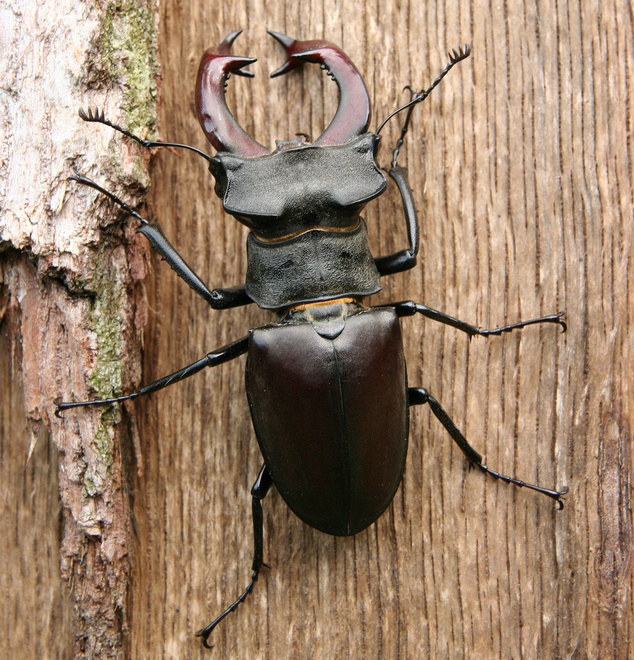
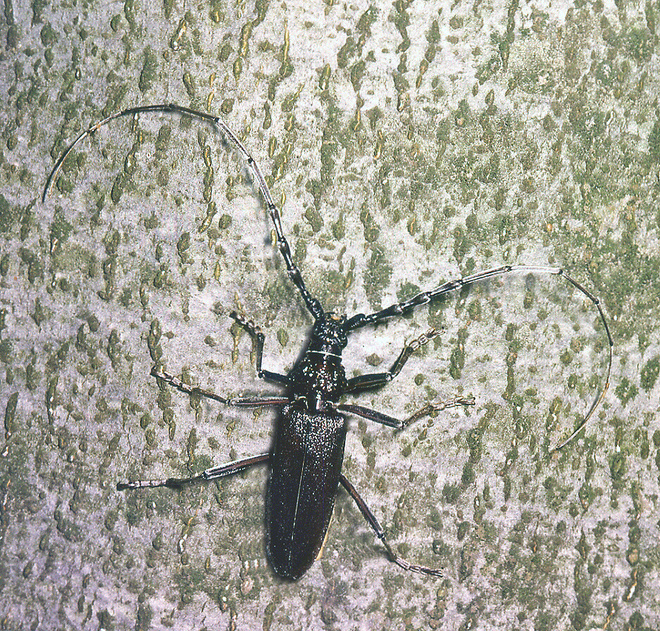
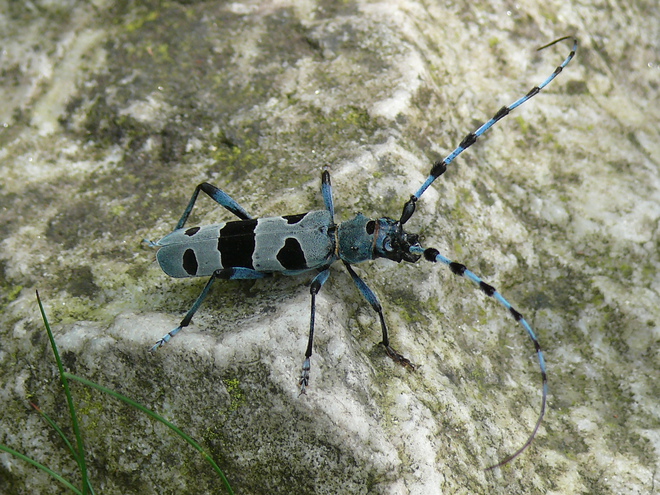
In a predatory manner feeds also the forest caterpillar hunter (Calosoma sycophanta), which climbs trees for other caterpillars. Along with carabus it is a typical terrestrial species. An interesting beetle is the European rhinoceros beetle (Oryctes nasicornis); the males have a typical up to 10 mm long horn on the head, and it is one of two representatives of the tropical subfamily (Dynastinae) in Slovakia. The more striking forest beetle species include the metallic shiny smooth spring dung beetle (Geotrupes vernalis), the rose chafer (Cetonia aurata) and the big rose chafer (Protaetia aeruginosa). In some years, the cockchafer appears as a pest of deciduous trees (Melolontha melolontha).
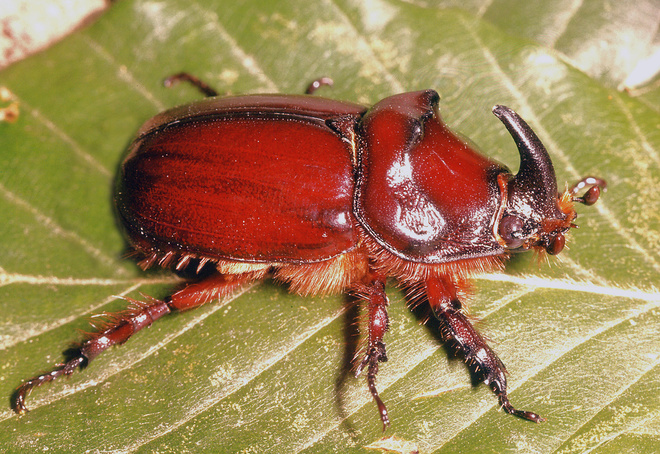
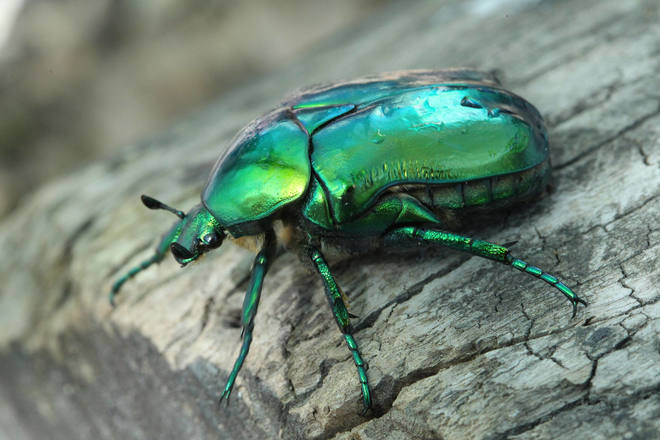
Butterflies
In the forests, but also on hillsides forest, clearings and meadows is to be found the varied fauna of butterflies (Lepidoptera). From May to June clouded Apollos (Parnassius apollo) are flying around on clearings and meadows, relatively large white butterflies with dark veins and two prominent dark spots - jasone chocholačkové (Parnassius mnemosyne)
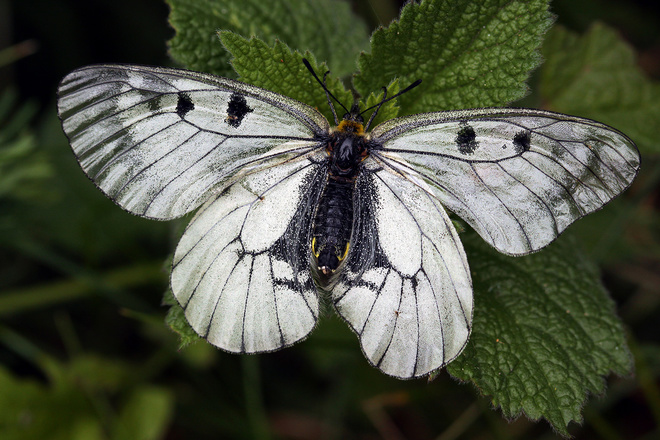
They can be found, particularly near corydalis (Corydalis cava), the nutritive plant of their caterpillars. From the large amounts of butterflies, we mention only the colourful European butterfly (Inachis io), red admiral (Vanessa atalanta), small tortoiseshell (Aglais urticae), Camberwell beauty (Nymphalis antiopa), large tortoiseshell (Nymphalis polychloros), the comma (Polygonia c-album). At the same time we can also find both types of the Papilioninae: the Old World swallowtail (Papilio machaon) and the scarce swallowtail (Iphiclides podalirius)
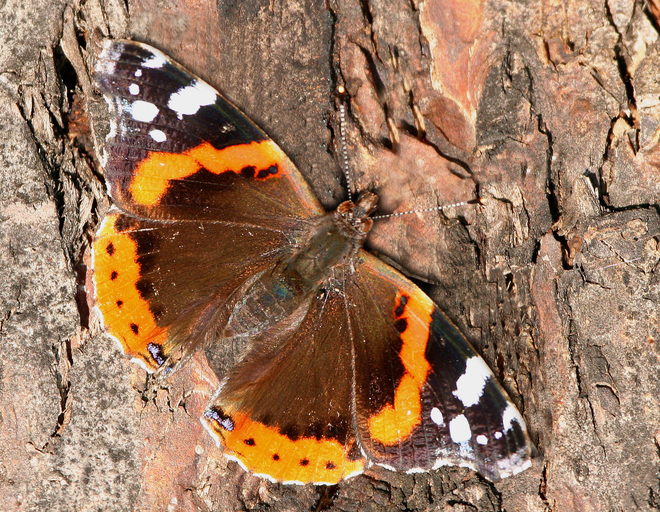
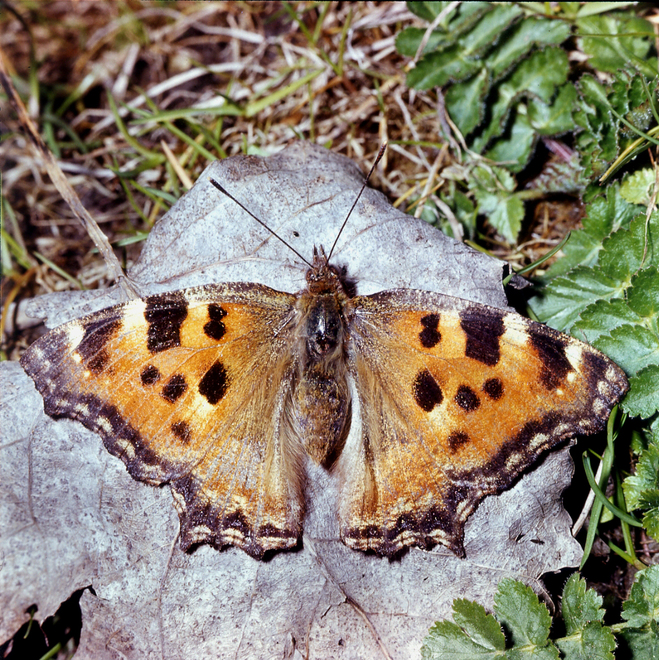
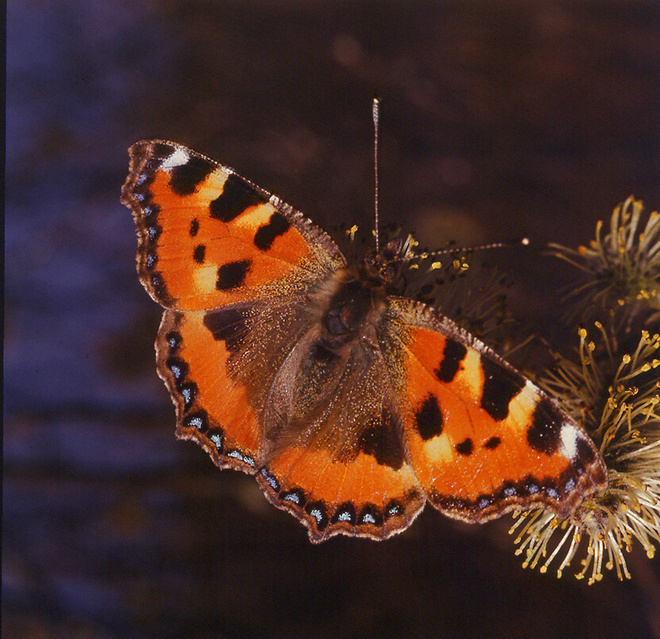
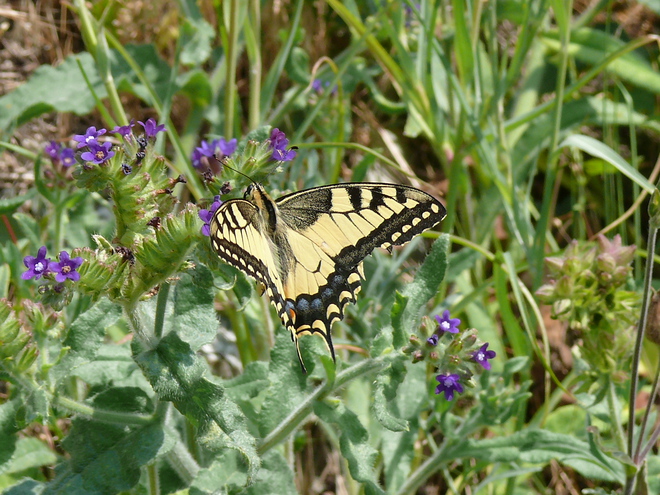
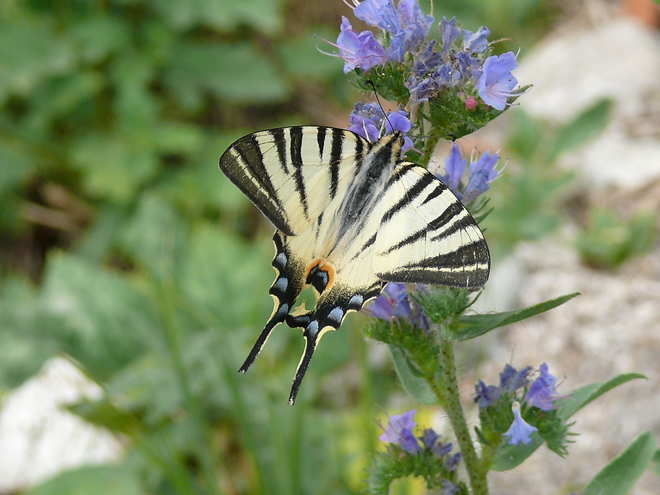
Noticeable are also the fritillaries, most abundant of which is the silver-washed fritillary (Arginnis paphia). The purple emperor (Apatura iris) lives in moist deciduous forests. In beech forests we can meet the prominent tau emperor (Aglia tau). Rarely to be observed is Europe's largest butterfly, the giant peacock moth (Saturnia pyri), which reaches a wing span of up to 16 cm. It occurs most frequently in orchards and gardens and in the forest
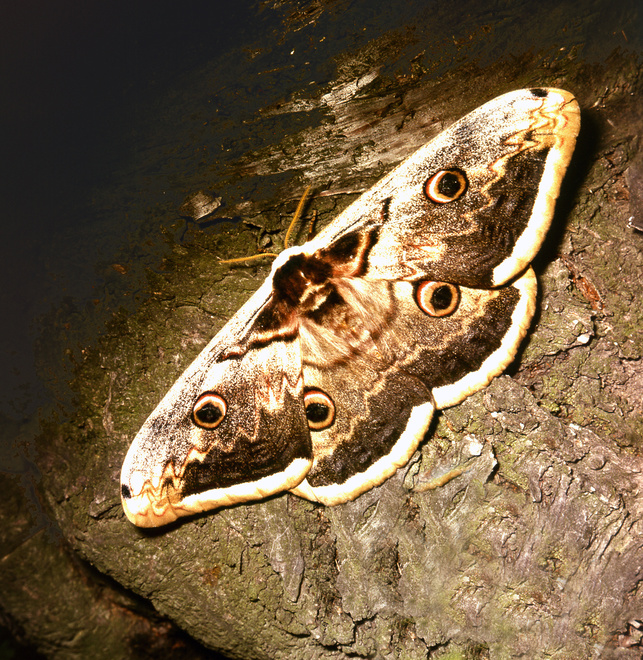
Among the colourful butterflies are also several types of common brimstones, Baton blues and gossamer-winged butterflies, we should also mention possibly the nun moth (Lymantria dispar), one of the major pests of oak forests. The forests are full of many representatives of other systematic groups of insects such as flies (Diptera), crickets (Orthoptera), aphids (Aphidinea), earwigs (Dermaptera), true bugs (Heteroptera) and many others.